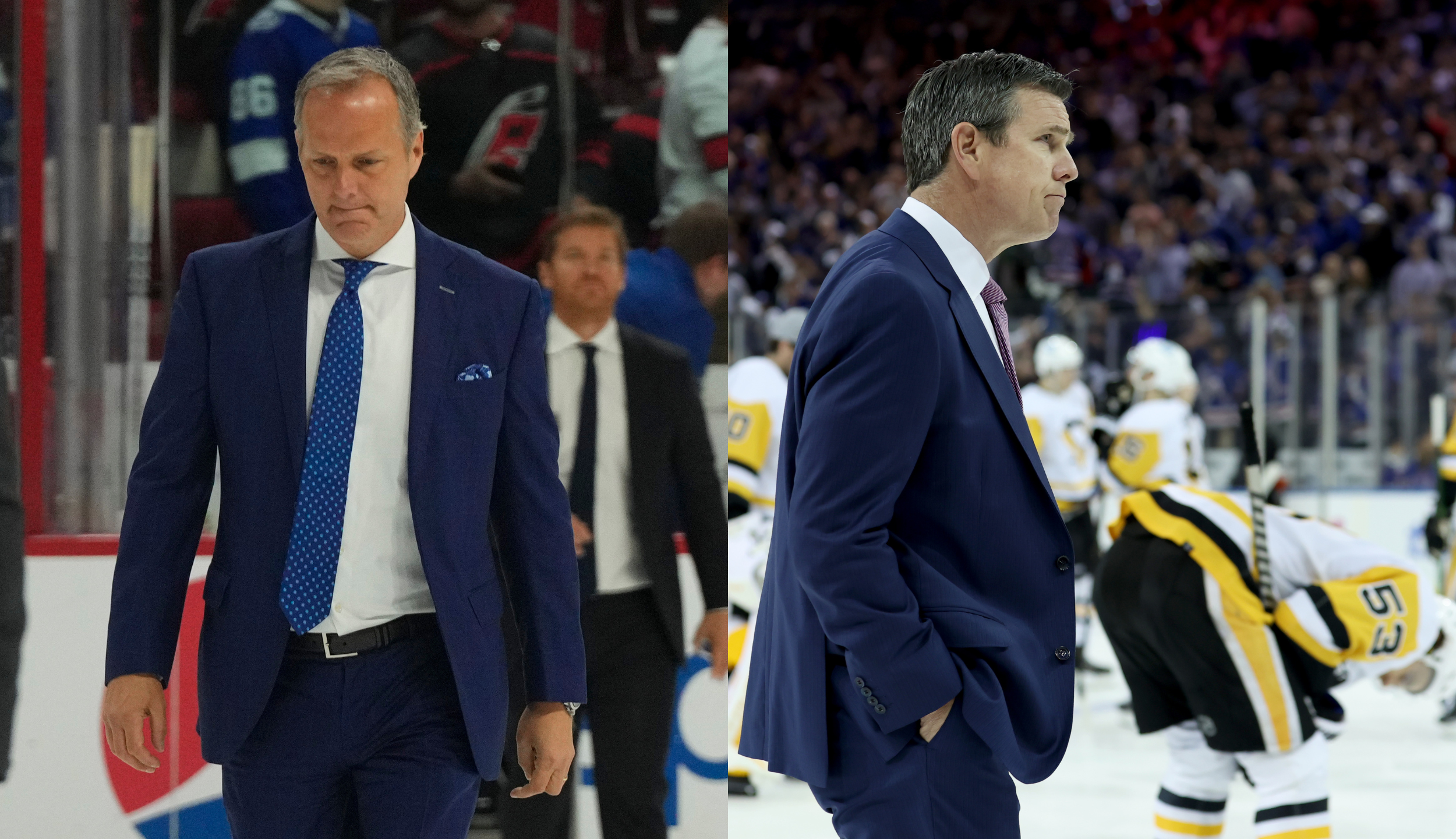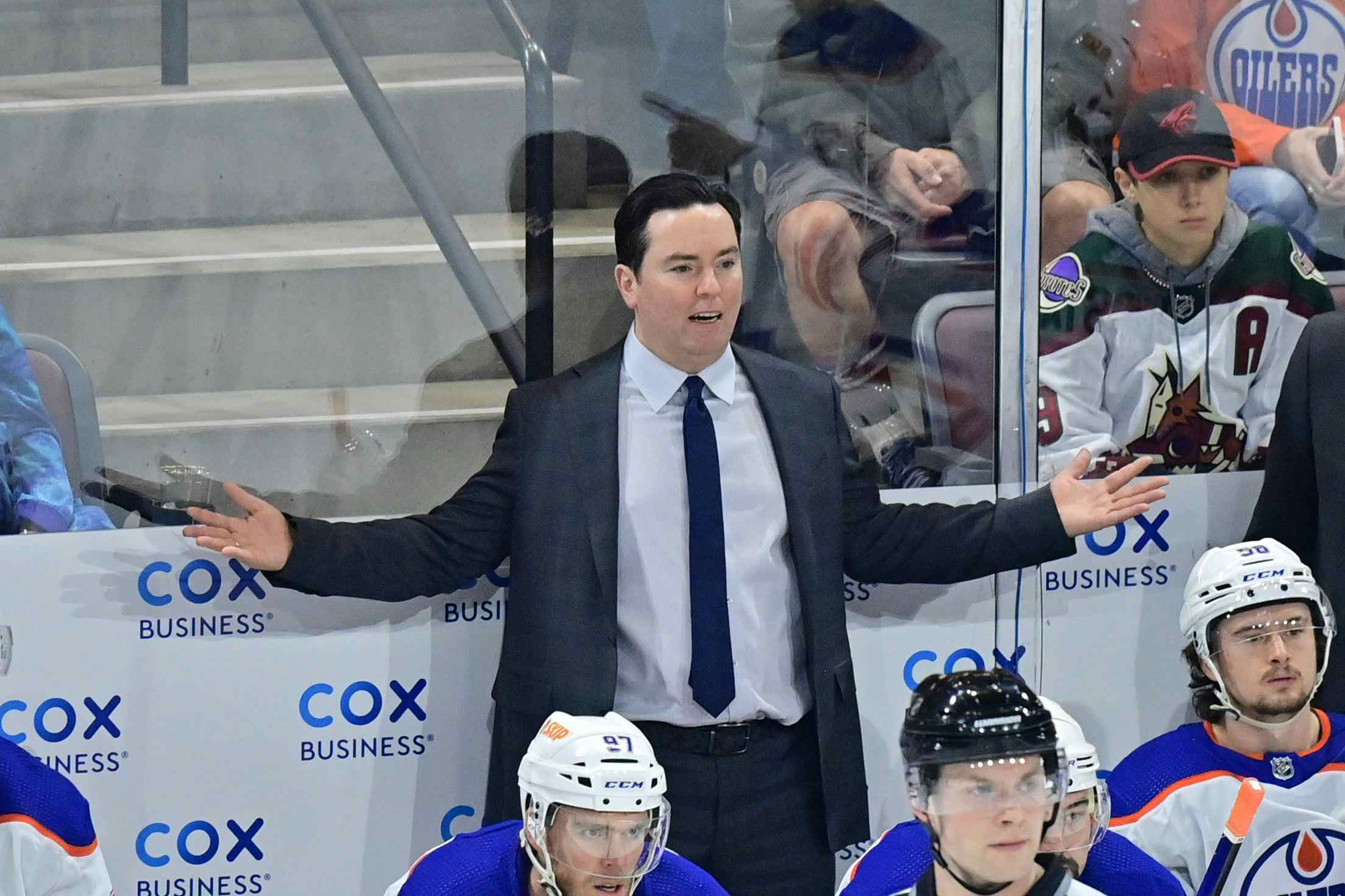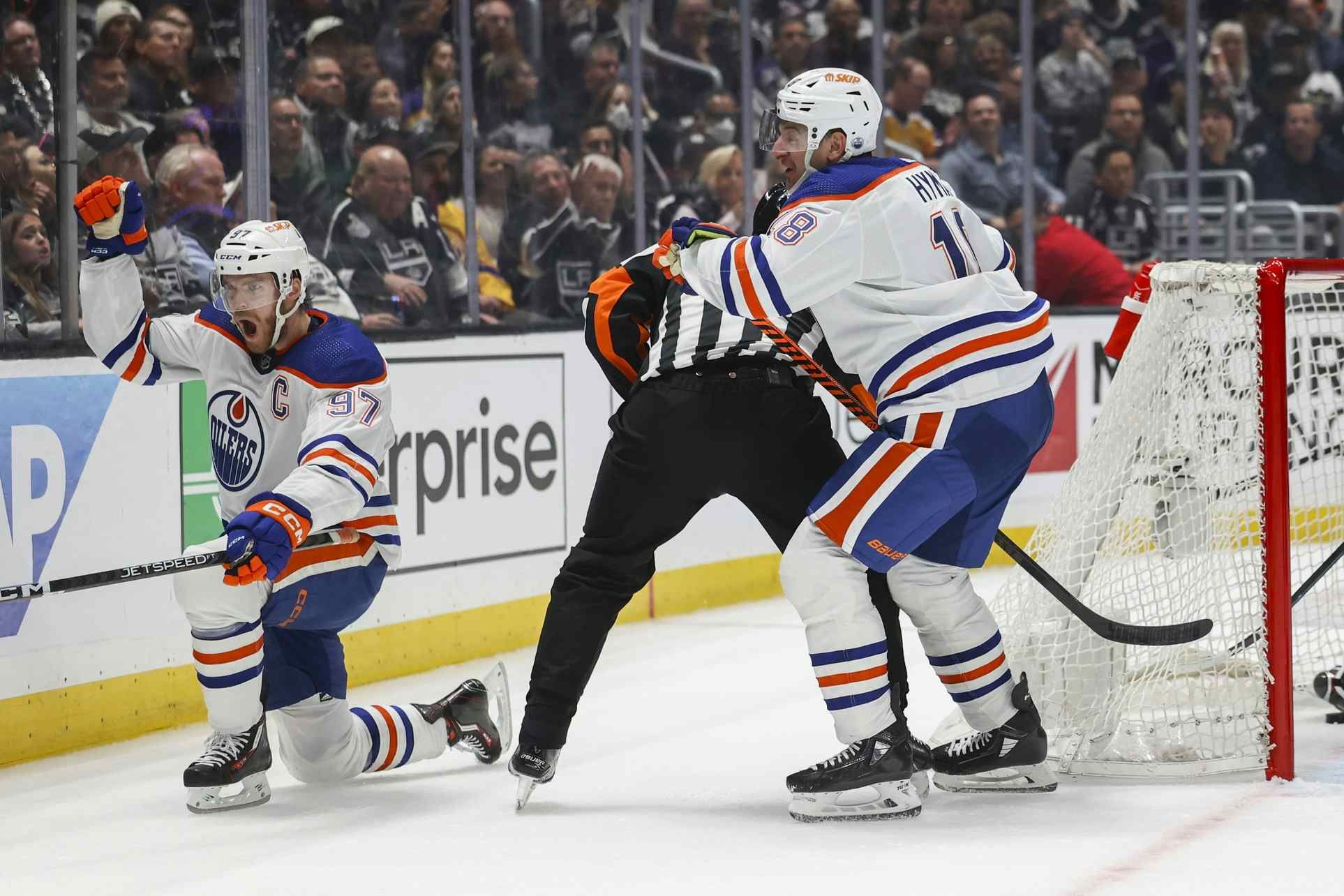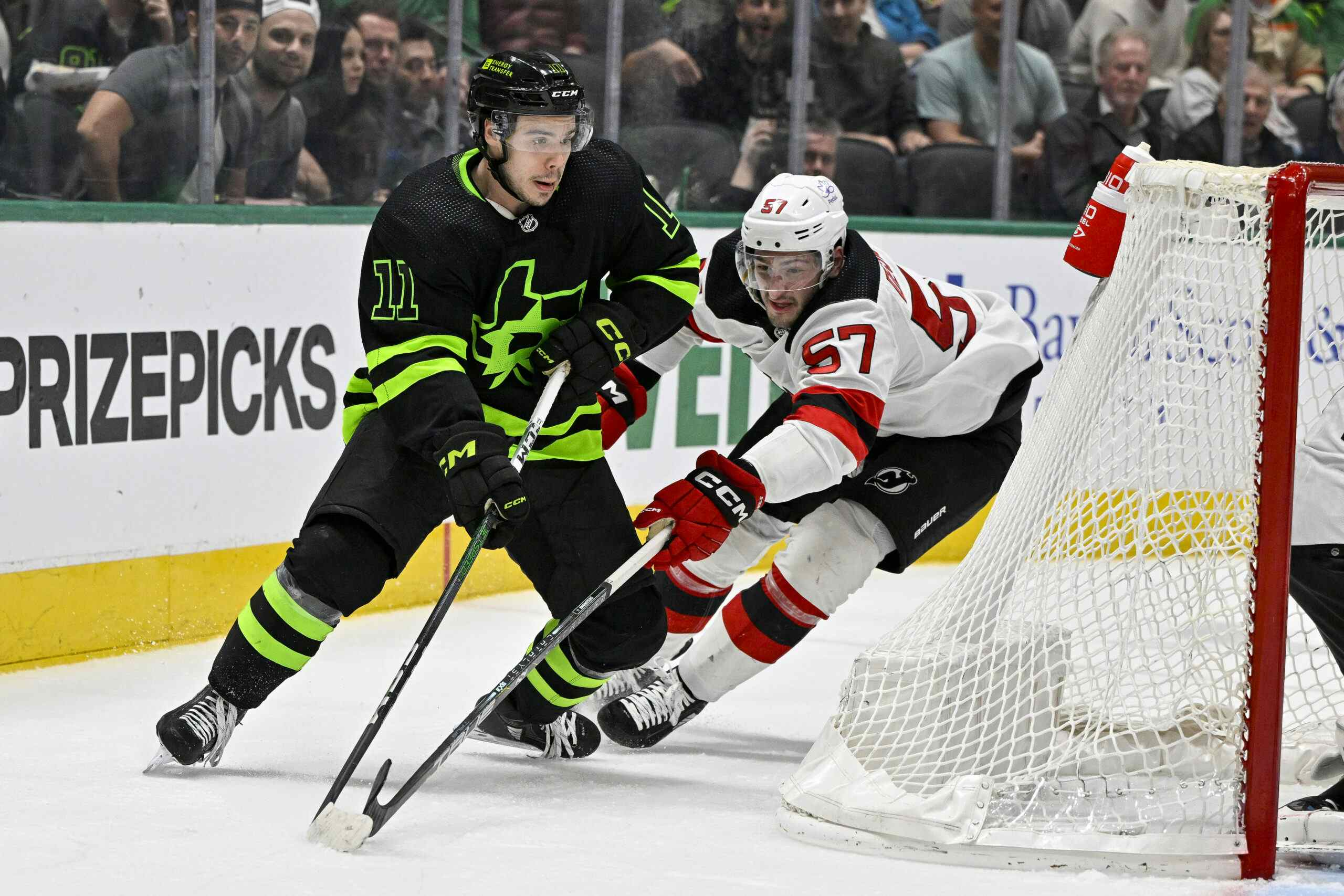The Koskinen contract gets tougher and tougher to swallow

By Zach Laing
4 years agoWhen Mikko Koskinen got signed to a three-year deal that pays him $4.5-million annually, there weren’t many fans of the deal.
But would the Oilers have been better off waiting?
Yes, I think they would have.
Since Koskinen signed on Jan. 21, 47 other goaltenders have signed standard contracts. While the majority of them are for AHL, or backup roles, there are a few notable contracts signed post-free agency — and there’s two I really want to note.
Those are for UFA Robin Lehner, who signed a one-year, $5-million deal with the Blackhawks on July 1, and for RFA Jordan Binnington, who signed a two-year, $8.8-million deal.
Koskinen is still a largely unproven NHL goaltender. At 31 years old, he’s posted nothing but below average numbers for a goaltender. Last year, his .906 save percentage was second worst amongst goaltenders who played over 46 games.
His quality start percentage wasn’t even that great at a 47.1 percent. For those unfamiliar, that’s about five percent below the league average in a stat that evaluates whether or not the value of their start was good, or bad. You can read more on it here.
Lehner’s .930, meanwhile, ranked second. For one, my mind is absolutely boggled that he couldn’t secure a better deal than what he got. He’s posted consistently good numbers throughout his nine-year career with a .918 save percentage with two of his last three seasons over .920.
Why were teams so hesitant to give him a deal? Maybe it’s the fact he’s only averaged 40 games a year?
Nonetheless, I think the Oilers would’ve been much smarter in spending $500k more on Lehner than they did Koskinen — even if it was just a one-year deal instead of a three year.
Lehner still has age on his side and as I mentioned, has posted consistent save numbers. Lehner, while starting nine fewer games, has 60 of his starts of good quality. He did have more run-support than Koskinen did, which should be noted too.
Even if the Oilers wanted a more consistent split in games played amongst their goaltenders, Lehner very likely could’ve shown better than Koskinen will.
Two of the only guys that jumped out to me as potential stop-gaps in net beyond Mike Smith would’ve been Petr Mrazek, who signed for two-years and $3.125-million with Carolina, or Keith Kinkaid, who signed a one-year, $1.75-million deal with Montreal.
Now, truth be told, Koksinen’s deal was a bit of a trend-setter for following deals.
Only three (3!) goaltenders signed for a higher AAV than him. Semyon Varlamov inked a four-year, $5-million per year deal with the Islanders. Sergei Bobrovsky signed a seven-year deal that sees him paid and AAV of $10-million. Then Lehner’s one-year deal.
And that’s where Binnington’s deal comes in.
Just yesterday the Blues signed him to his two-year deal paying him $100k less, for one less year, in a deal that takes him to UFA as a 28-year-old. He’s still largely unproven, but he did, of course, have the Cinderella-season carrying the Blues to a cup championship.
But I do find his contract details notable.
At the end of the day, I’m hoping for the best from the two-headed monster of Mike Smith and Koskinen because honestly, that’s all we can do.
If Mike Smith is able to rebound to his career average .912 and get the league average 53 per cent quality starts he’s had in the past, and Koksinen is able to improve his game, the Oilers should be okay in net this year.
But if things go awry, the Oilers are going to be in tough.
On Twitter: @zjlaing
Recent articles from Zach Laing





